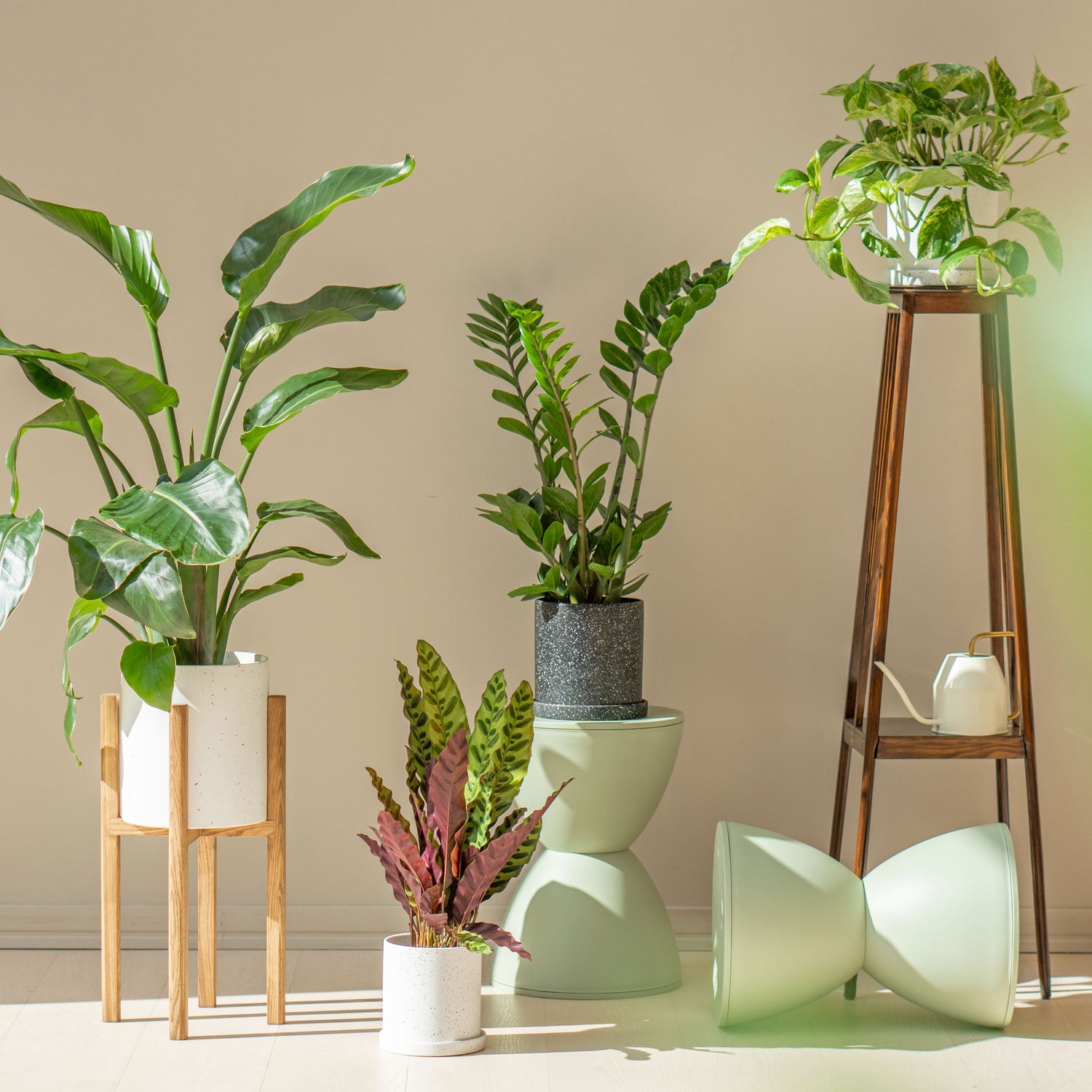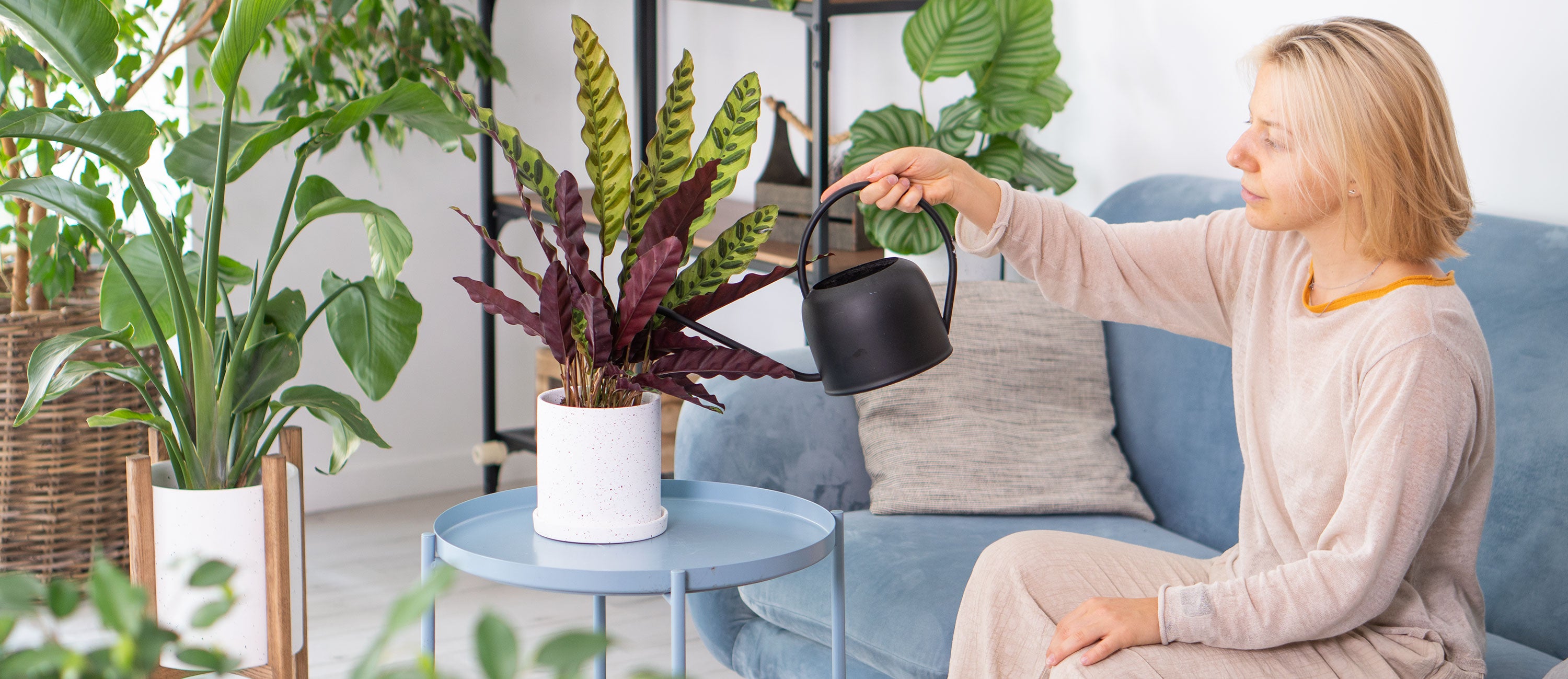
Watering
Water is one of the most important aspects of our life. We should always use it rationally and carefully since water is a valuable resource.
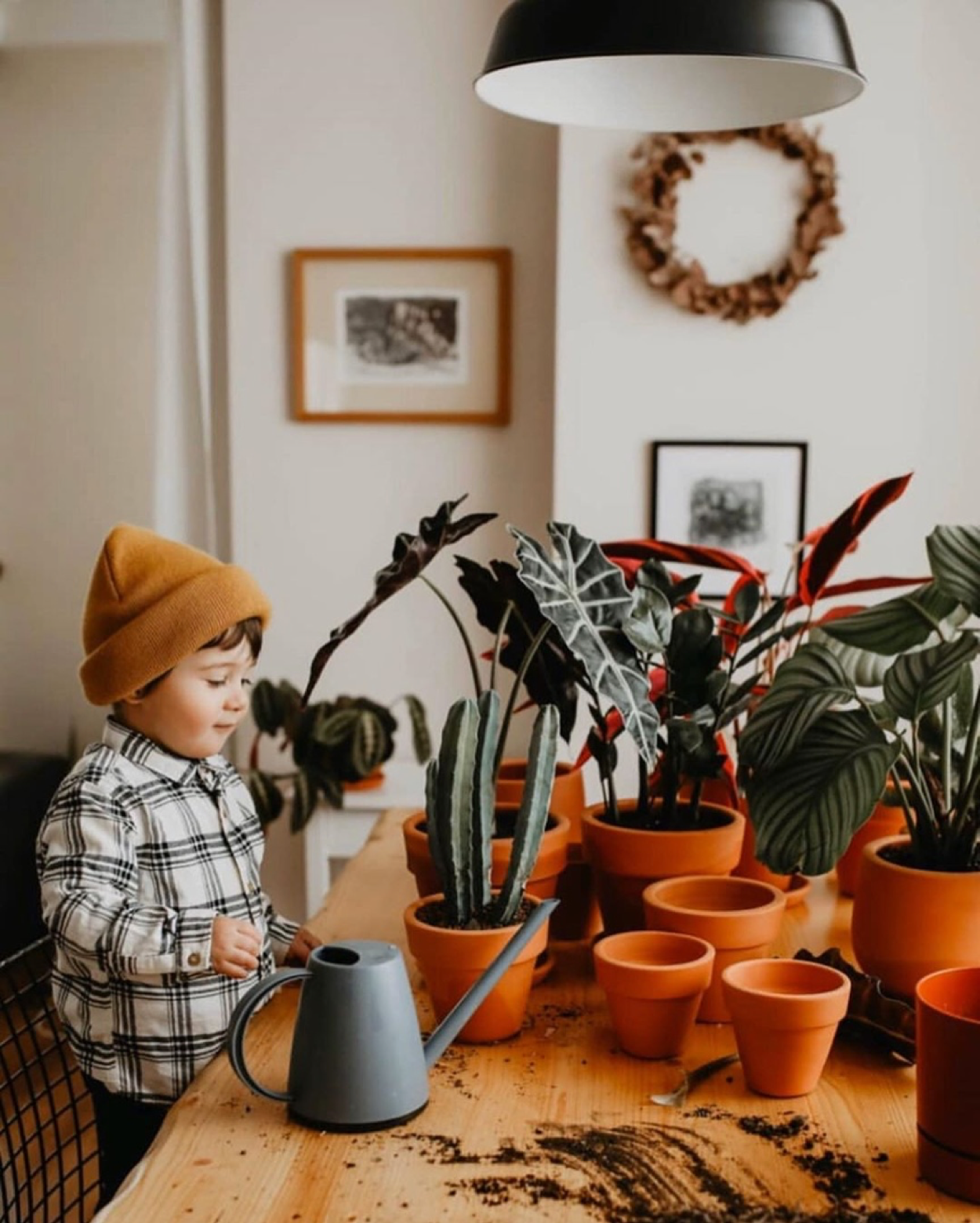
As well as light, water is essential for plants to grow, form correct structure and move minerals to all the right places. Correct watering is not an exact science, you can learn to do it correct only by doing it. For sure you can get some tips from the plan’s tag or using some information from related materials on the internet. Most likely you will find some basic rules like – evenly moist soil, partially dry soil, or completely dry soil. However, you can water your plant right only taking into account all the other factors which have an effect on plants.
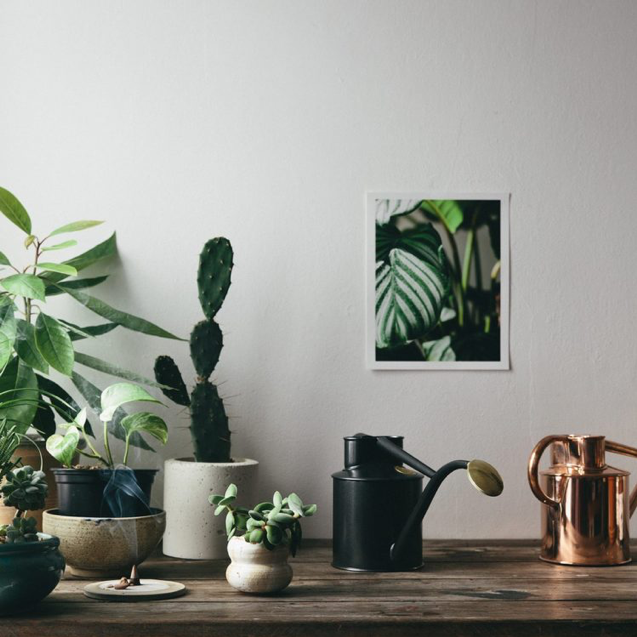
It's extremely important to be sure that water actually reaches the roots of the plant when poured into the pot. When the soil is too dry it may be pulling away from the edges of the pot. In this case water will flow along the ages into the drainage holes at the bottom of the pot. So, you may use enough water for your plant but if it doesn't reach the roots, the plant will dry out. Therefore it is crucial to aerate dry soil before watering – just take a chopstick and poke some holes into the soil surface. This will ensure that water gets to the plant roots evenly.
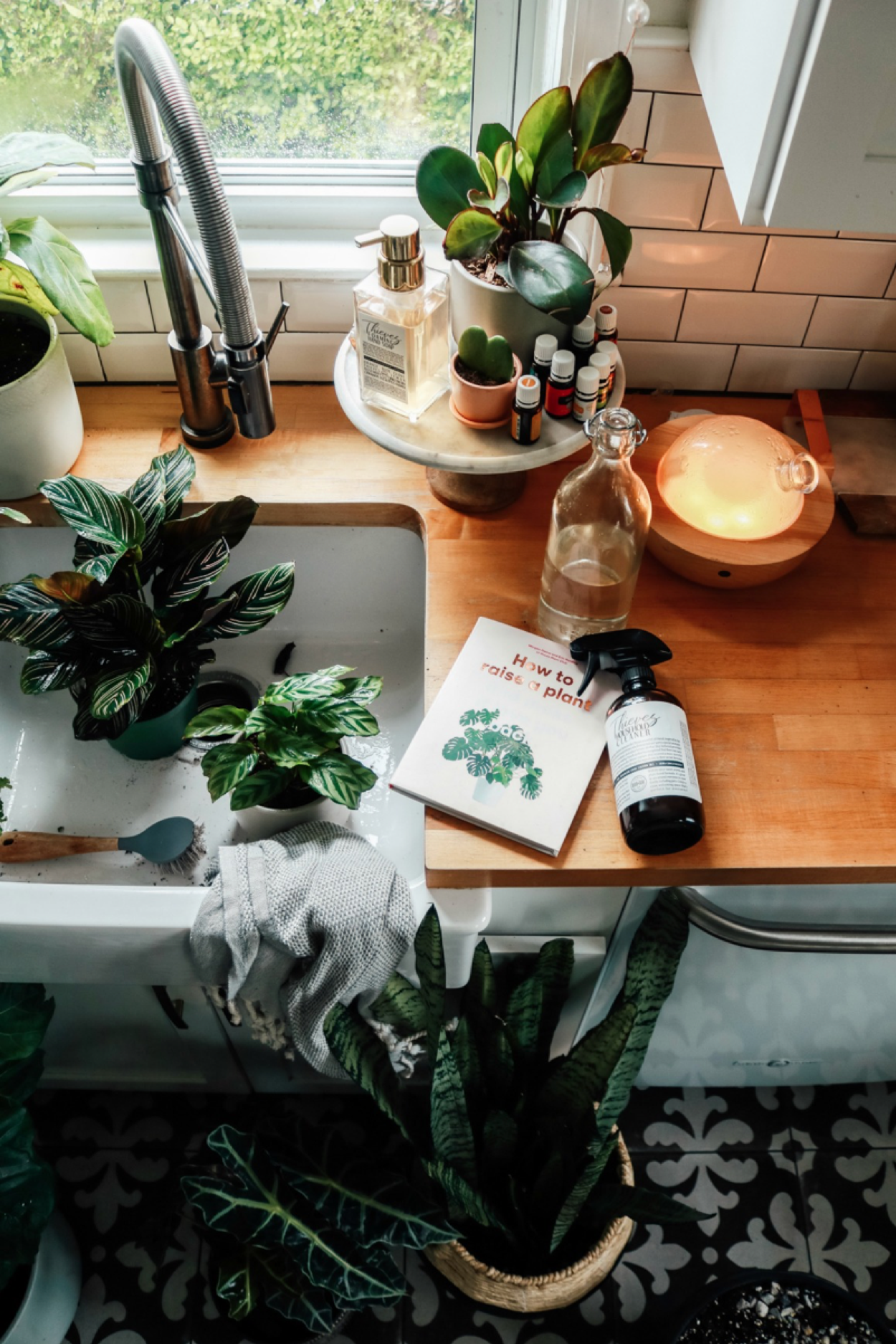
Besides, it’s important to remember that the more light your plant receives the more water it consumes for the process of photosynthesis. If you put the same plant species in different parts of the room with varied lighting they will have different watering requirements. The closer your plant stands to the window, the more often you will have to water it. The size of the pot also affects the water regimen – soil in small pots becomes dry sooner than in big ones. You should also avoid overwatering as it may cause root rot.
It's better to you use water at room-temperature. Just put it a watering can and leave overnight – all the additives will evaporate and it will get right temperature.
